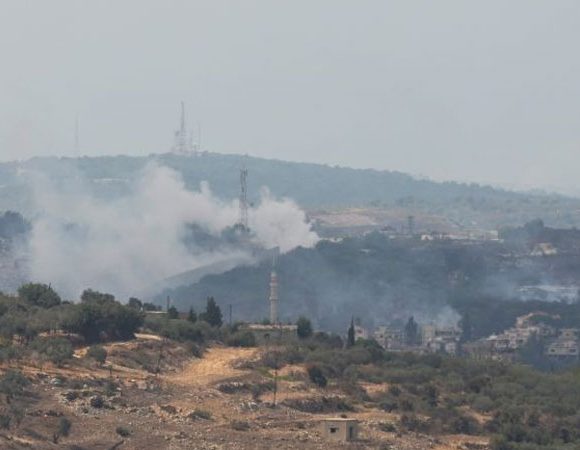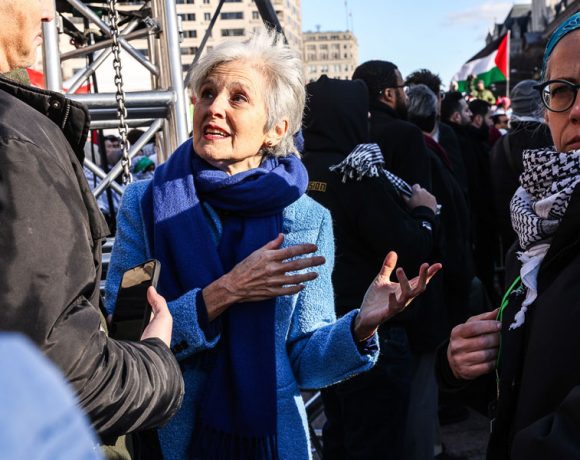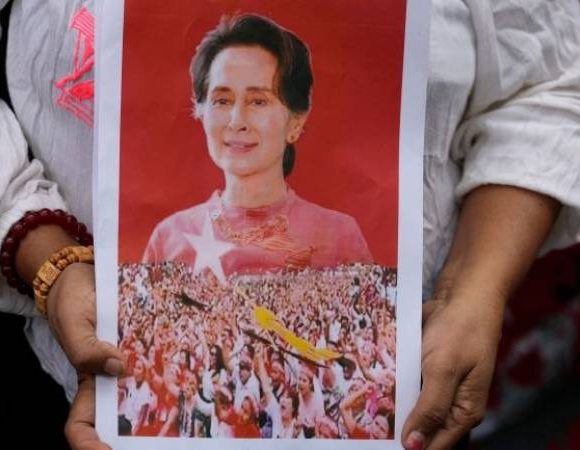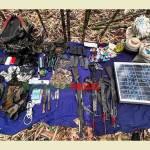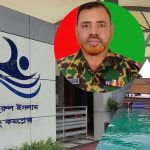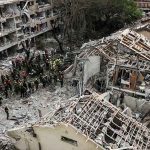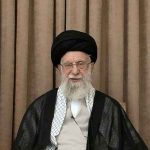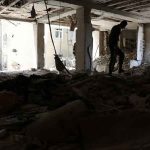Israel forces fight Hamas in southern Gaza, civilians seek shelter
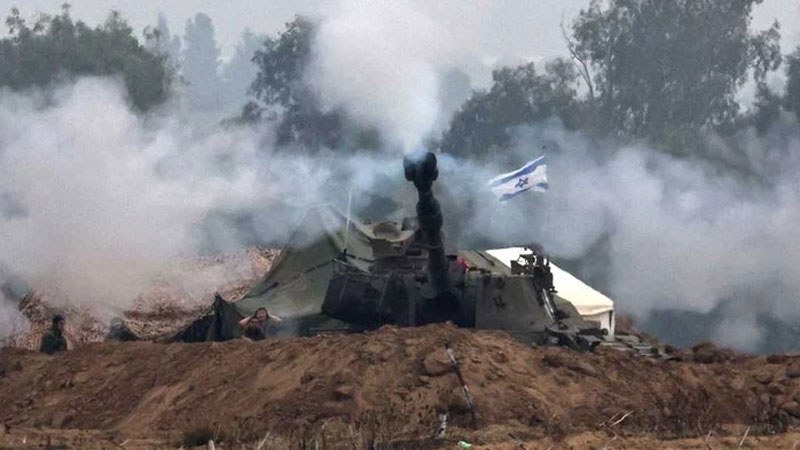
Residents say Israeli bombing intensifies overnight across the Gaza Strip, killing or wounding a number of people, while tanks battled Palestinian militants north and east of Khan Younis.
Khan Younis residents continue to flee their houses either to the west or to Rafah further south.
Israeli troops fought fierce battles with Hamas in southern Gaza on Wednesday after reaching the heart of the city of Khan Younis, forcing Palestinian civilians to seek refuge elsewhere as the number of safe areas decreases.
Israeli warplanes also bombarded targets across the densely populated coastal territory in one of the heaviest phases of fighting in the two months since Israel began its military campaign to eliminate the Palestinian militant group.
Palestinian medics said hospitals were overflowing with dead and wounded, many of them women and children, and supplies were running out. Hundreds of thousands of displaced people driven out of the north were seeking shelter in the dwindling number of places designated as safe areas by Israel.
After largely gaining control of northern Gaza, Israeli troops and tanks pushed further south and encircled Khan Younis in the south after a week-long truce collapsed last week.
Israel said its forces had struck hundreds of targets, including a militant cell near a school in the north. Hamas’ armed wing, the al-Qassam Brigades, said combat was fierce.
Residents said Israeli bombing intensified overnight, killing and wounding an unspecified number of people, and that tanks were battling Palestinian militants north and east of Khan Younis.
Tanks were stationed on the edge of the Khan Younis refugee camp, not far from the house of Hamas’ leader in Gaza, Yehya Al-Sinwar, they said. It was unclear whether anyone was there.
Some Palestinians described lucky escapes after their homes were destroyed in an overnight Israeli air strike on al-Amal neighbourhood in Khan Younis.
“I swear we don’t even know how we made it out alive,” said Hamdi Tanira, describing an attack on a house were he said he and about 30 others were sleeping, including 20 children.
“We were peacefully sleeping, not bothering anyone,” said another survivor, Amal Mehdi. “All of a sudden, the bombardment hit us, you wouldn’t know where it came from, it was a miracle that we were pulled from under the rubble.”
In the north, tanks, naval boats and war planes continued to pound areas of the Jabalia refugee camp as well as roads and houses, residents and Hamas media said.
The Washington-based Institute for the Study of War said Hamas fighters were using improvised explosive devices and anti-personnel mines in a shift of tactics as the fighting moved to close ground combat.
INTERNATIONAL CONCERN
Israel unleashed its military campaign in response to an attack on Oct 7 by Hamas fighters who rampaged through Israeli towns, killing 1,200 people and seizing 240 hostages, according to Israel’s tally.
Hamas’ media office said on Tuesday at least 16,248 people including 7,112 children and 4,885 women had been killed in Gaza since then. Those figures were not immediately verified by the Gaza health ministry.
Israel said 84 of its soldiers had been killed since the ground operation began five weeks ago.
The handful of hospitals that remain open across the enclave are barely functioning, according to the World Health Organization.
Fuel and medical supplies have reached critically low levels at the Al-Aqsa Hospital in central Gaza, and hundreds of patients need emergency care, Medecins Sans Frontieres said.
MSF emergency coordinator Marie-Aure Perreaut Revial said the hospital has been receiving on average 150 to 200 war-wounded patients daily since Dec 1.
“There are 700 patients admitted in the hospital now, with new patients arriving all the time,” she said.
Reflecting global concern over the plight of Palestinian civilians, the head of the Norwegian Refugee Council, Jan Egeland, said: “The pulverising of Gaza now ranks amongst the worst assaults on any civilian population in our time and age.”
The Israeli military said it was going to “great lengths” to avoid harming non-combatants. It said Hamas was using civilians as human shields and preventing civilians from moving to safe places, an accusation denied by the militant group.
Since the truce collapsed, Israel has been posting an online map to tell Gazans which parts of the enclave to evacuate to avoid attacks. But Gazans say there is no safe place, with remaining towns and shelters already overwhelmed, and Israel continuing to bomb the areas where it is telling people to go.
The United States, Israel’s closest ally, has urged Israel to do more to allow fuel and other aid into Gaza and reduce harm to civilians.
Israel says some women and children remain in Hamas’ hands. During the pause in fighting, Hamas returned more than 100 hostages, but 138 captives remain.
A Hamas official, Osama Hamdan, said there would be no more hostages released until Israel’s “aggression” stopped.

